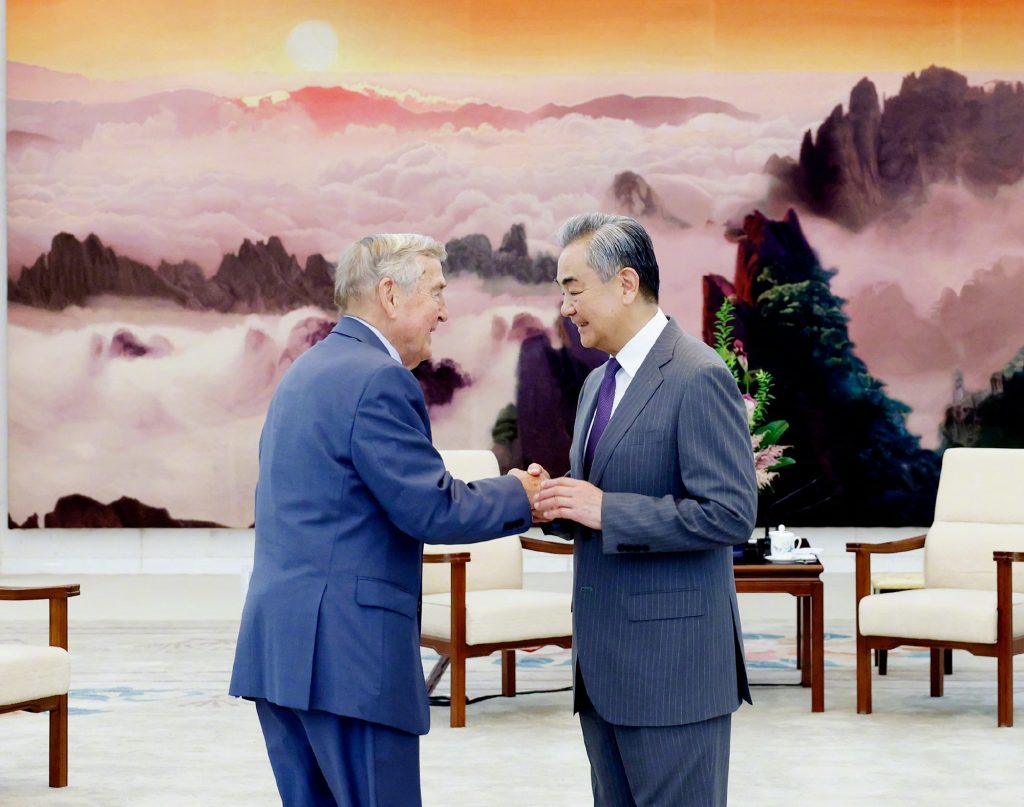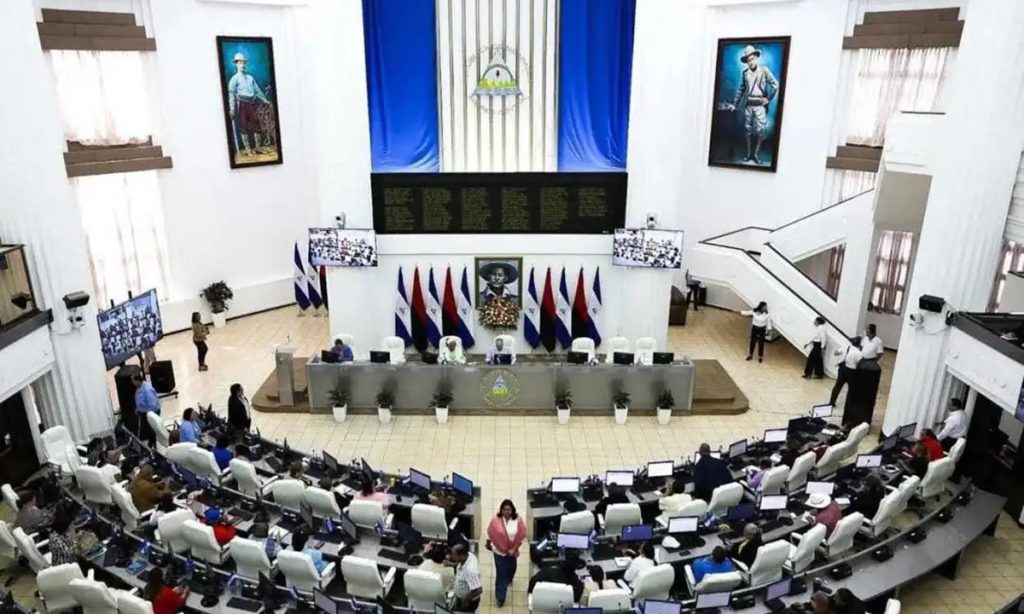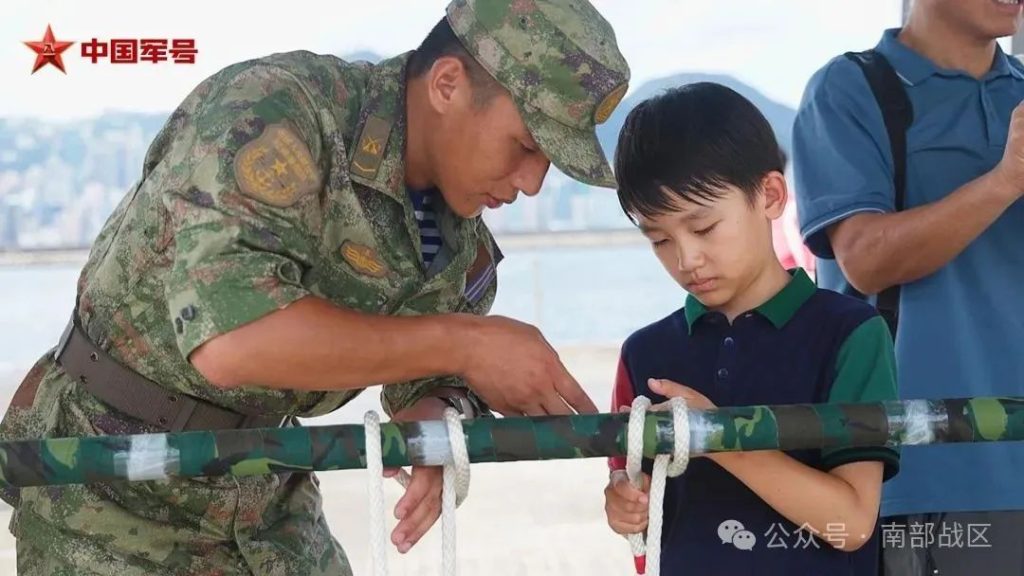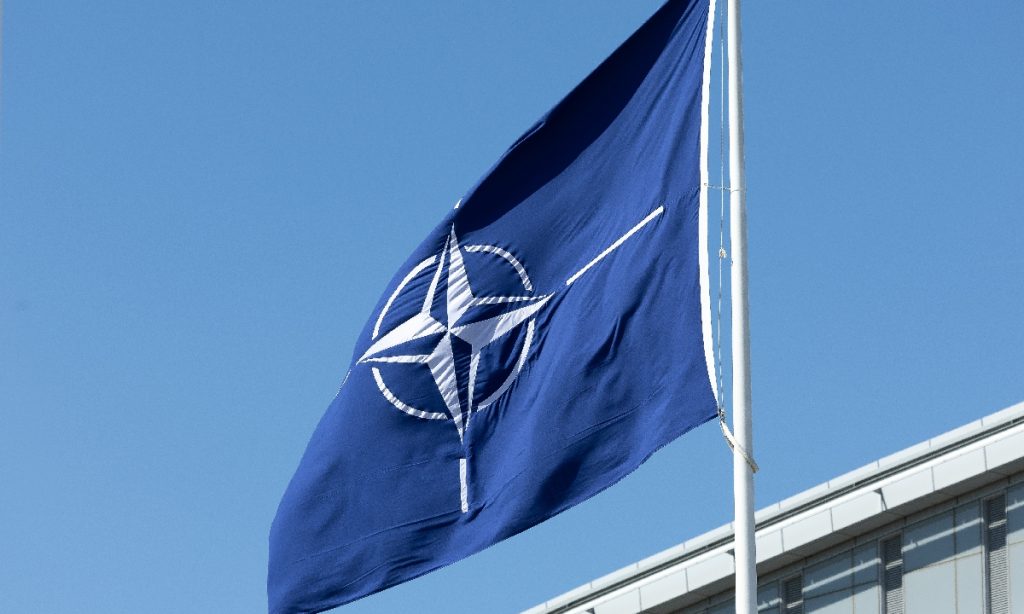Xi calls for global dialogue in congratulatory letter to Global Civilizations Dialogue Ministerial Meeting
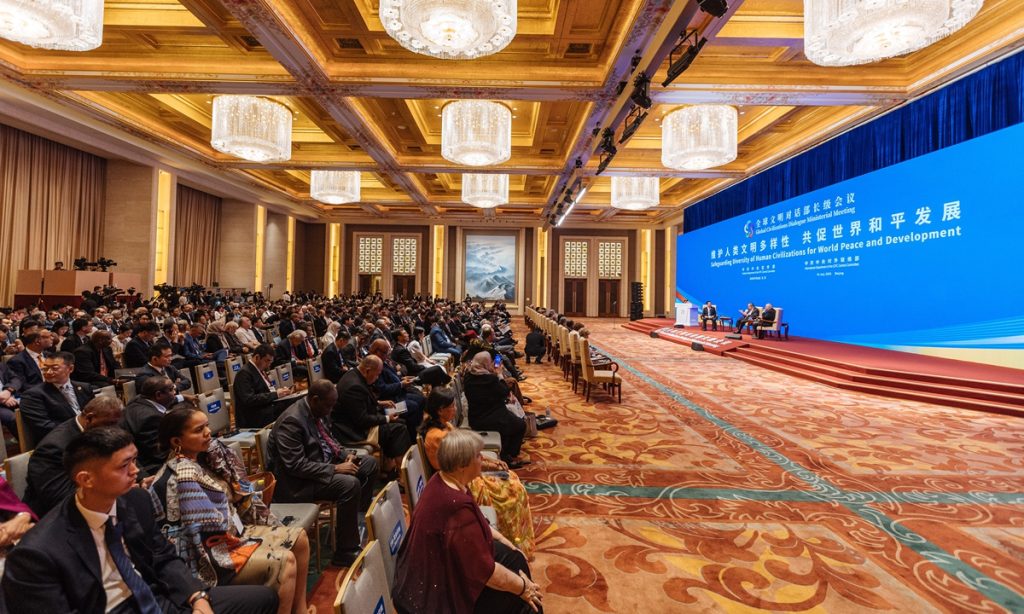
Chinese President Xi Jinping said on Thursday that China is ready to work with other countries in building a global network for dialogue and cooperation among civilizations. Xi, also general secretary of the Communist Party of China (CPC) Central Committee, made the statement in a congratulatory letter to the Global Civilizations Dialogue Ministerial Meeting, which opened in Beijing.
He pledged that China will work with other countries to champion equality, mutual learning, dialogue and inclusiveness among civilizations, and implement the Global Civilization Initiative, in a bid to provide fresh impetus for advancing human civilizations and promoting world peace and development.
"The world is, in nature, a place of diverse civilizations," Xi said in the letter. "History has shown us that exchanges and mutual learning among civilizations are essential for civilizations to flourish and human progress to be made."
In a world where transformations and turbulences are interwoven and humanity stands at a new crossroads, there is an ever-pressing need for civilizations to transcend estrangement through exchanges, and to transcend clashes through mutual learning, Xi said.
He also expressed his hope that participating representatives would engage in in-depth exchanges to build consensus and contribute their wisdom and strength to the goal of promoting understanding and friendship among peoples, and achieving harmonious coexistence among civilizations.
The Global Civilizations Dialogue Ministerial Meeting kicked off in Beijing on Thursday, with a focus on the importance of cultural diversity and mutual learning in advancing human progress, Xinhua News Agency reported.
Themed "Safeguarding Diversity of Human Civilizations for World Peace and Development," the two-day event has attracted over 600 guests from 140 countries and regions.
At parallel sub-forums, participants will explore the crucial role of inter-civilization exchange and mutual learning in building an inclusive world and promoting global development and prosperity, cultural inheritance and innovation, understanding and friendship among peoples, scientific and technological progress, and academic exchange.
The event is hosted by the Publicity Department and the International Department of the Communist Party of China Central Committee.
Former Japanese Prime Minister Yukio Hatoyama said at opening ceremony of this forum that when some countries revert to zero-sum thinking and wars and confrontations continue to repeat endlessly around the world, China has raised the banner of peaceful development.
This year marks the 80th anniversary of the end of World War II, Hatoyama said. At this juncture, China and Japan should take history as a lesson and demonstrate to the world a path to break the vicious cycle of division and hatred, he noted.
Beginning Monday, July 7, international delegates have been arriving in Shanghai before proceeding to the capital, media reported.
Participants from various countries told the Global Times that the meeting holds significant value as a platform for cultural exchange and mutual understanding - both of which are essential for eliminating hostility and prejudice in a world increasingly marred by conflict. They added that China's organization of the event, along with its Global Civilization Initiative, offered the world a model for coexistence and conflict resolution in a spirit of harmony and goodwill.
Dialogue replacing conflict
The Global Civilizations Dialogue Ministerial Meeting offers great learning experience "where we're exchanging our views. We're learning from each other's experiences, and we are learning about the different civilization of the world so that our people can benefit from this, and we can make the world a safer, more secure, and a developed place," minister for information and broadcasting Pakistani Minister for Information and Broadcasting Attaullah Tarar, told the Global Times.
Tarar said this meeting tells the people about harmony, about peace, about the commonality that we have between different civilizations. "So I think this can go a long way in making the world a more secure, safer place for us."
"For our country, peace is crucial. So we strongly support this dialogue and this initiative, which can lead to peace by providing a platform of dialogue between even conflicting countries," Andrey Tchorbanov, chairman of the Education and Science Committee of the National Assembly of Bulgaria, told the Global Times. He noted that it is important that big countries like China can organize such meetings and provide suggestions to the world "what is best to go on the road."
When talking about the significance of this conference to a world that is mired in conflicts, Gabriel Fischer, European Affairs Advisor to the Chairman of Voice-Social Democracy of Slovak, and representative of the Slovak National Council to the European Union, said conflict usually stemmed from misunderstanding among civilizations.
Taking his trip to China as an example, Fischer refuted some Western media's long biased reports on China. "It is absolutely crucial to see it by your own eyes, coming into the country, experiencing the culture and meeting with the people … We cannot influence the media perception of other countries, but we can become richer by traveling and seeing other cultures. That's why I would recommend to anyone to visit China, and to gain inspiration and go back home more knowledgeable."
In a move seen as China's openness and stimulation of cultural exchange, China in June began implementing a trial policy that unilaterally grants visa-free entry to citizens of Brazil, Argentina, Chile, Peru and Uruguay. It is the first time that China has extended such access to nations in Latin America and the Caribbean. It also launched a trial policy that grants unilateral visa-free entry to citizens of Saudi Arabia, Oman, Kuwait, and Bahrain, expanding its unilateral visa-free access list to 47 countries
David Ferguson, honorary chief English editor of the Foreign Languages Press, and a participant of the meeting, told the Global Times that Ministerial Meeting of the Global Civilizations Dialogue reflects a broader strategy aimed at replacing conflict with dialogue, underscoring China's serious commitment to fostering global understanding and cooperation.
Ferguson noted that the high-level organization of the conference signals China's dedication to promoting peaceful exchanges among civilizations. He also expressed particular interest in cultural innovation, which he believes challenges common misconceptions about culture as static or unchanging.
Path to harmonious coexistence
Raphael Tuju, former Kenyan Cabinet Secretary, told the Global Times that true civilization rests on "the ability to share, live together, and respect each other," and expressed his hope that China could carry out more soft-power connections, including people-to-people exchanges, education, and cultural programs beyond "just infrastructure and business."
Tuju views China's Global Civilization Initiative as a "mutually beneficial" model respecting diversity, unlike Western "domination." He cited Africa's "Ubuntu" philosophy, which can be translated as "I am because we are," as aligning with China's win-win cooperation vision, stressing that sustainable partnerships require equitable business frameworks.
Those meetings help countries, no matter big or small, whether in Europe, Asia or Africa, to forge better understanding among each other, Stephen Cachia, a lecturer at University of Malta in Chinese history and culture, told the Global Times. He said that "the world we are living in is not easy and has many problems, such as climate change and conflicts. So we should learn how to talk to each other. I think that China has consistently shown other countries how to do this in a friendly atmosphere, and so that we can get all our ideas."

